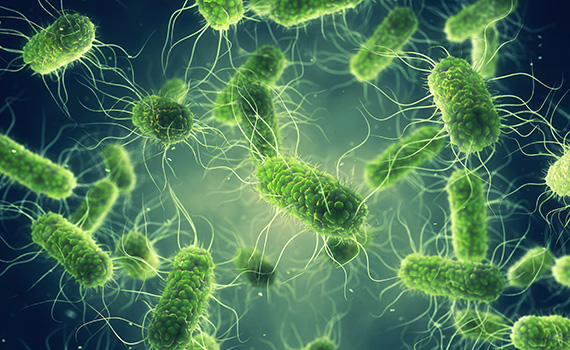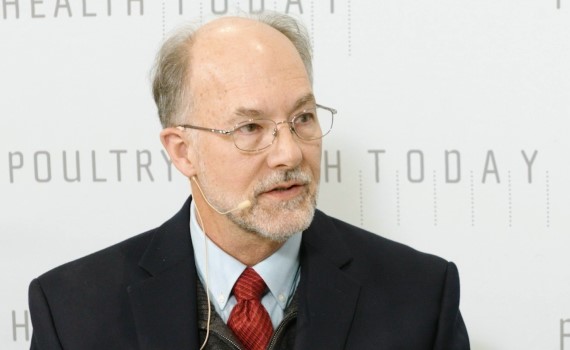Researchers decode clues to Salmonella Infantis control
New research from Austria provides key regional insights into Salmonella Infantis, a foodborne pathogen that is closely linked with broiler farms and often resistant to antibiotics.
According to Harald Schliessnig, director of the Austrian Poultry Health Service and one of the study’s authors, there are currently three main problems when dealing with S. Infantis in Austria.
“The first problem is that it is obviously resistant to [some disinfectants],” Schliessnig said.
“The second problem is that S. Infantis is regulated in the EU…and the regulation says that you can put [chicken from infected flocks] on the market as fresh meat, but it’s not allowed to produce meat preparations with a positive flock. The [third] problem we see is that about 30% of the human isolates are very much similar to the isolates we found in our flocks.”
Currently, he added, S. Infantis accounts for about 46% of the Salmonella isolates found in Austrian broiler flocks and more than 50% of broiler-meat isolates. However, significant genetic variability among S. Infantis strains has made it difficult to characterize and control.
To gain insight into the outbreak, Schliessnig and colleagues applied an innovative technique known as whole-genome sequencing to take a closer look at S. Infantis strains from Austria and Hungary. Based on the results, the researchers identified six distinct clusters of strains.
“We could see that some strains were [multi-drug resistant] and others not. And on the other hand, we could see that there was a relation between strains coming from [broiler farms in Austria and Hungary] and also from humans,” he said.
“This was a big advantage for us and will help us to, hopefully, to solve this problem in the future.”
A persistent pathogen
According to Peter Mitsch, DVM, one of Schliessnig’s research collaborators, control of S. Infantis is challenging due to its genetic diversity and persistence, particularly on broiler farms.
“You can more or less say that each farm, once contaminated…has its own S. Infantis strain. We analyzed different strains from one farm over the years, and you can see only minor changes in the genetics,” he said.
“The problem is it’s not only persistent on the inside of the farm but also…in the surroundings. So for the farm, it’s really hard to get rid of…especially these [multi-drug resistant strains].”
To control S. Infantis, cleaning and disinfection are necessary but not sufficient, Mitsch stressed. Other approaches being tested include autogenous and killed vaccines for breeders as well as probiotics, but he said more research is needed to determine their efficacy.
Live Salmonella vaccines represent another promising approach, Mitsch stated, though he stressed that they are not currently licensed for use in broilers.
“I think live vaccines could be a big part of the solution to S. Infantis. There was some work from University of Ghent [that] showed some cross protection from S. Enteritidis and S. Typhimurium vaccines…against S. Infantis strains. So this could be one option or a S. Infantis live vaccine on its own.”
Posted on October 5, 2020
 We’re glad you’re enjoying
We’re glad you’re enjoying








